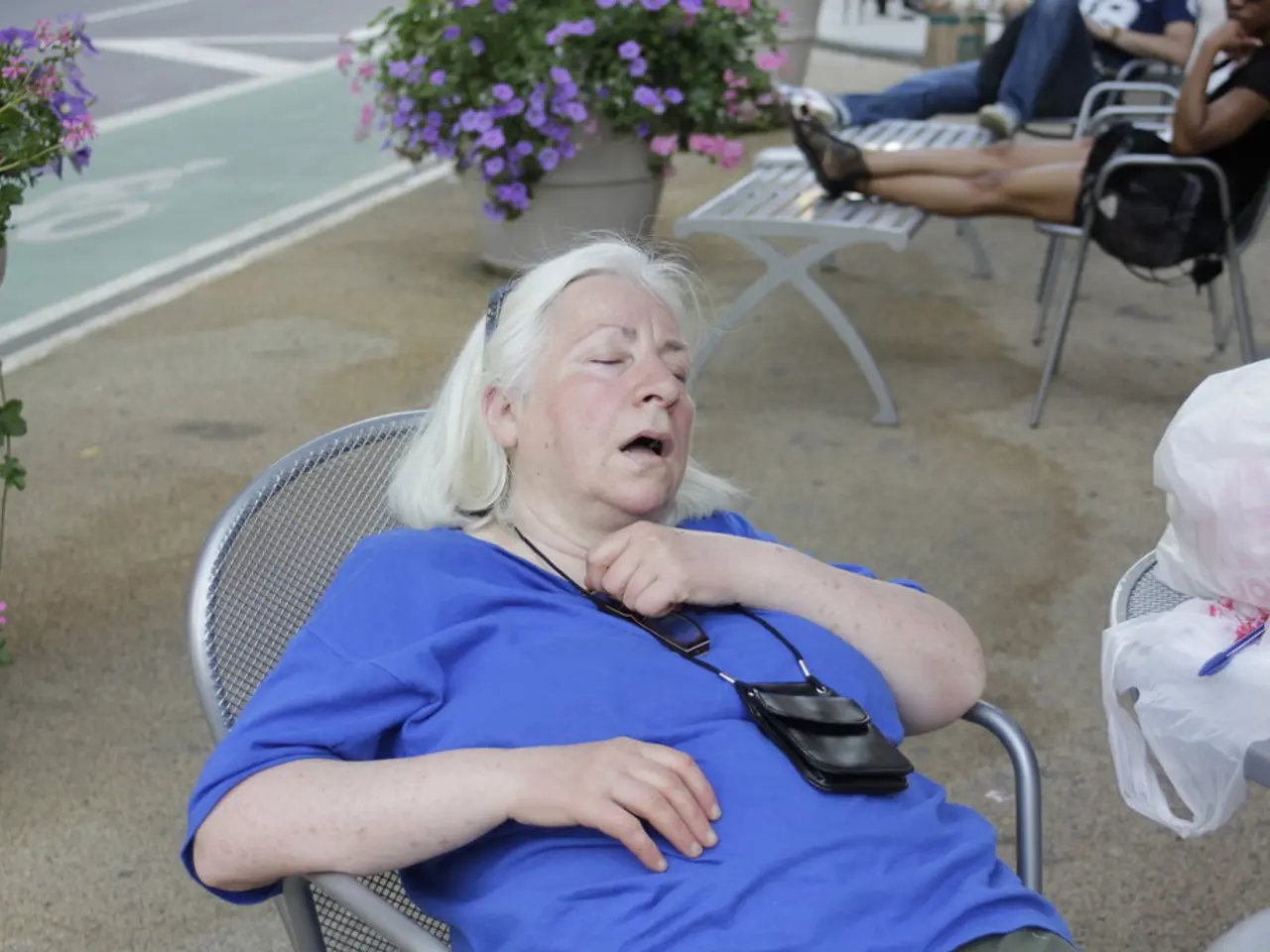Exploring Natural Remedies for Narcolepsy: An Overview
Narcolepsy is a rare sleep disorder that affects a small number of individuals, causing them to fall asleep regularly during the day, even after a good night's sleep. This condition can significantly impact daily life, leading to symptoms such as excessive sleepiness, regular sleep attacks, cataplexy (sudden loss of muscle tone), episodes of sleep paralysis, and depression or anxiety that interfere with normal activities.
If you suspect you may have narcolepsy, it's essential to consult a healthcare professional and keep a sleep diary to track your sleep patterns. This will help in understanding the nature and severity of your symptoms.
When it comes to managing narcolepsy, several treatments are available. Sodium oxybate is a medication used to manage muscle limpness in people with narcolepsy, but it should be taken in bed due to its rapid effects. Antidepressant medications like tricyclic antidepressants, selective serotonin reuptake inhibitors (SSRIs), and serotonin-norepinephrine reuptake inhibitors (SNRIs) may also be prescribed to treat narcolepsy. Additionally, modafinil, armodafinil, and amphetamines are medications that healthcare professionals may use to treat daytime sleepiness in people with narcolepsy.
The National Sleep Foundation recommends regular exercise to improve sleep quality and reduce daytime sleepiness for people with narcolepsy. Examples of cardiovascular workouts that may improve heart and lung health include running, cycling, swimming, water aerobics, vigorous dancing, playing sports such as volleyball or touch football, walking, and chores such as gardening, washing windows, or pushing a stroller.
Research suggests that maintaining a consistent sleep schedule can also help reduce daytime sleepiness. This includes adding short naps to the daily routine, going to sleep and waking up at the same time every day, avoiding caffeine, large meals, or alcohol before bed, and trying a pre-bedtime ritual.
A 2018 review suggested a potential link between vitamin D deficiency and an increased risk of sleep disorders, including narcolepsy. Some research also indicates a higher risk of low vitamin B12 levels in people with narcolepsy. It's recommended to discuss these potential nutritional deficiencies with a healthcare professional.
Interestingly, some research proposes that vitamin E may help create more orexin, a neurotransmitter that is low in people with narcolepsy. Skin temperature may also play a role in wakefulness in people with narcolepsy. A higher body temperature may improve alertness, such as after eating warm food, while lower temperatures in the hands and feet might also have links to improved wakefulness.
It's important to note that one in three people with narcolepsy tries a form of complementary and alternative medicine to manage the condition. Support groups for people with narcolepsy can be found through the Narcolepsy Network, both in-person and online.
The Americans with Disabilities Act (ADA) mandates that employers must accommodate the needs of employees with narcolepsy, such as flexible schedules to make the most of alert periods and facilitate naps. A healthcare professional can help an individual complete the forms to register their disability.
Lastly, it can be helpful for people with narcolepsy to confide in friends, family, and employers about the condition and educate them about the possibility of daytime sleepiness or cataplexy. This openness can help create a supportive environment and reduce stigma associated with the condition.
Read also:
- Peptide YY (PYY): Exploring its Role in Appetite Suppression, Intestinal Health, and Cognitive Links
- Toddler Health: Rotavirus Signs, Origins, and Potential Complications
- Digestive issues and heart discomfort: Root causes and associated health conditions
- House Infernos: Deadly Hazards Surpassing the Flames








